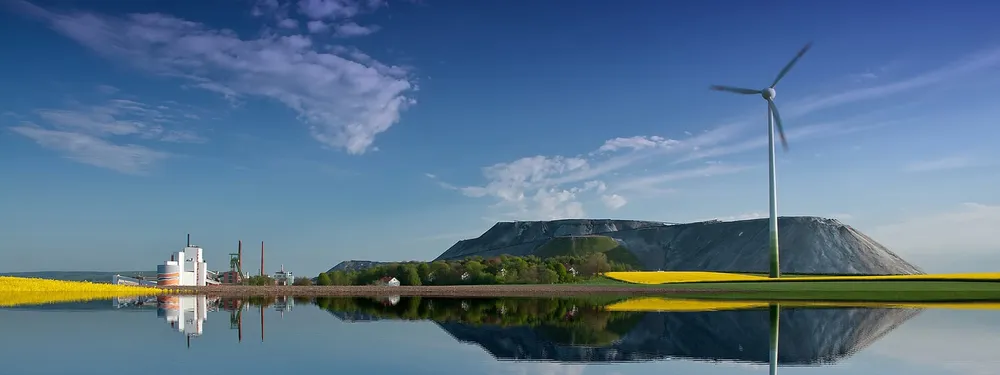What is the Future of the Mining Industry?

Mining Industry is an important economic activity in many developed and developing countries. The formal mining sector employs more than 3.7 million workers. In addition, more than 20 million people work in artisanal and small-scale mining.
Despite its importance, there is a misconception that mining is not a significant contributor to global employment. People often reach this conclusion by considering only direct employment or by comparing mining to other sectors. However, such a narrow view fails to consider the many jobs created in the support industries that provide goods and services to the mining sector.
A considerable part of the mining consists of dangerous and hard physical work. For this reason, many employers are looking for solutions to protect their employees. Such solutions often consists of technological ones which are changing the labor market in the main.
Mining industry jobs globally
The International Labour Organization reported that in 2015 there were 1.7 million people employed in the mining sector in developed nations, and 2.4 million in developing/emerging nations. The number of people working in mining jobs dropped significantly during the 2008 recession, although many of these jobs have since returned. In addition, artisanal and small-scale mining employs an estimated 25 million people worldwide, and indirectly supports more than 150 million people. This situation makes us think – how increasing technological factors in mining industry would affect the employment? The question remains open.
Positive side effects of mining
The formal mining industry not only creates mining jobs but also generates employment indirectly by stimulating demand for goods and services. Mines spend millions of dollars on equipment, maintenance, food and other services and often use local contractors and suppliers. This creates jobs indirectly in processing and manufacturing mined goods, transportation, and providing equipment and services to the mining industry. All industries will create these types of spillover effects, known as multipliers, but the mining sector generally creates a higher multiplier effect than other sectors.
New prospecting in mining industry: the millennials
The introduction of technology into mining over the years has unquestionably produced an identity crisis for an industry steeped in tradition. But for all the challenges it throws up, there is an opportunity to cast aside accusations of being old-fashioned and attract a new tech-savvy generation of workers to the profession.
To get the right talent, mining will also need to address how to attract millennials. Most employees these days do not appear to be interested in working at mines in remote parts of the world. The issue is, how to attract this section of society. The fact that mining is just finding its voice in terms of technology – with so many opportunities to innovate – is exciting and can prove attractive to.
The idea of 21st century mines being run from centralized control centers far from the dust of the coalface has several significant selling points. Automation is arguably greener, safer and – after the initial up-front investment – has cheaper running costs. Therefore, robotic technology potentially means fewer low-skilled workers, less local contracting and lower mine-related tax receipts.
Related Blog Posts
Our Related Posts
All of our tools and technologies are designed, modified and updated keeping your needs in mind

ChatGPT – Image Quality Checking for Photogrammetry with AI
Good input data is everything in photogrammetry. The results we get from processing can never "exceed" what we input into the software. If only we could always check our input data before starting the relatively long process of 3D reconstruction.

Revopoint Miraco Plus 3D Scanner - First Impressions
3D scanners were these exotic, expensive devices that seemed to do magic. This is not the case anymore. This article is not a full review, but it contains my first impressions and initial thoughts while keeping my experience in photogrammetry in mind.

3D Scanning vs. Photogrammetry Part 1 - The Theory
3D scanning is most commonly associated with using special hardware to obtain 3D models. 3D photogrammetry is also technically a 3D scanning technique that can supplement 3D scanning hardware or compete directly with it.
Ready to get started with your project?
You can choose from our three different plans or ask for a custom solution where you can process as many photos as you like!
Free 14-day trial. Cancel any time.
.svg@webp)